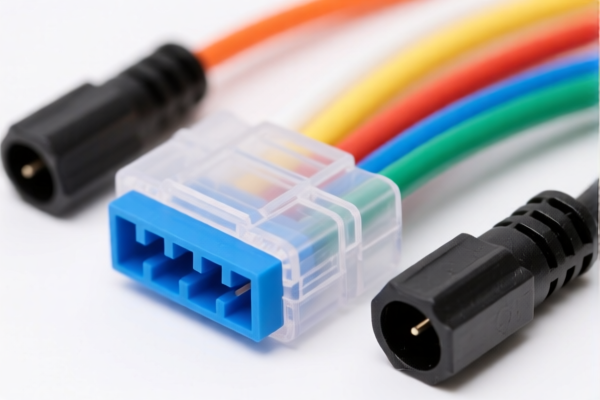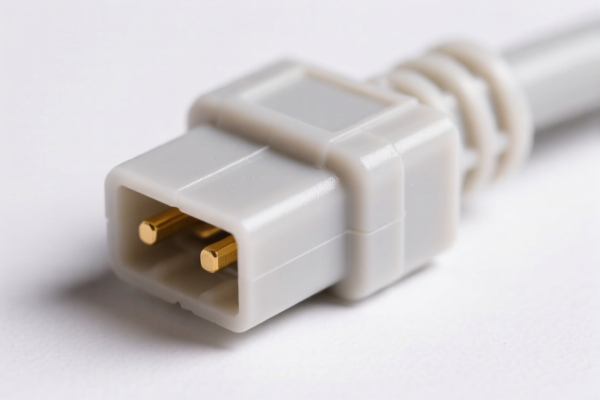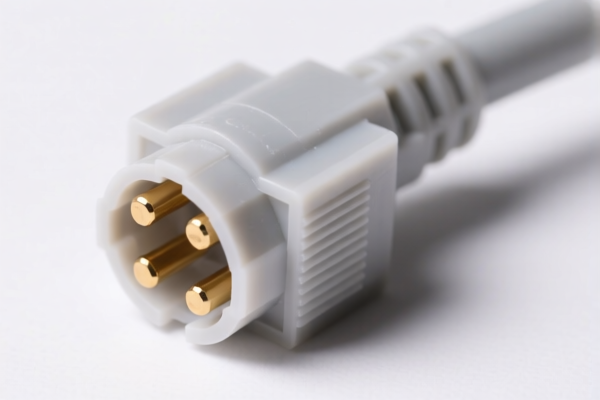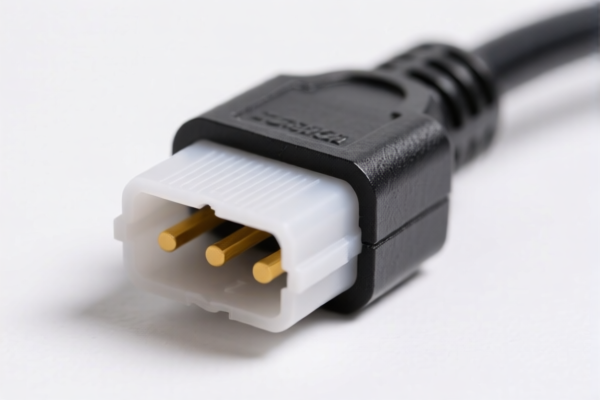| HS Code | Official Doc | Tariff Rate | Origin | Destination | Effective Date |
|---|---|---|---|---|---|
| 8467920090 | Doc | 37.5% | CN | US | 2025-05-12 |
| 8487900080 | Doc | 83.9% | CN | US | 2025-05-12 |
| 7326908688 | Doc | 82.9% | CN | US | 2025-05-12 |
| 7326908605 | Doc | 82.9% | CN | US | 2025-05-12 |




Pneumatic Connector
A pneumatic connector is a fitting used to connect an air or gas-carrying tube or hose to a pneumatic system. These connectors facilitate the flow of compressed air to power pneumatic tools, actuators, and other devices. They are crucial components in various industrial, automotive, and automation applications.
Material
Pneumatic connectors are commonly manufactured from the following materials:
- Brass: Offers good corrosion resistance and is suitable for general-purpose applications. Often plated with nickel for enhanced durability.
- Stainless Steel: Provides superior corrosion resistance, making them ideal for harsh environments and applications involving aggressive gases.
- Plastic (Nylon, Polyurethane): Lightweight and cost-effective, commonly used in lower-pressure applications. Resistant to many chemicals and moisture.
- Aluminum: Offers a good strength-to-weight ratio and is often used in specialized applications.
Purpose
The primary purpose of a pneumatic connector is to establish a secure, leak-free connection for compressed air lines. They enable:
- Connection and Disconnection: Allow for easy assembly and disassembly of pneumatic components.
- Airflow Management: Control the flow of compressed air to various devices.
- System Integration: Connect pneumatic components within a larger system.
- Preventing Leaks: Maintain consistent pressure and efficient operation by minimizing air loss.
Function
Pneumatic connectors function by utilizing various locking mechanisms to secure the tubing or hose. Common mechanisms include:
- Push-to-Connect: Simplest type; tubing is pushed into the connector, engaging internal locking rings.
- Threaded: Requires manual tightening of a threaded nut or sleeve onto the tubing and connector body.
- Quick-Disconnect: Allows for rapid connection and disconnection without the use of tools.
- Compression: Uses a compression ring and nut to create a tight seal around the tubing.
Usage Scenarios
Pneumatic connectors are employed in a wide range of applications:
- Industrial Automation: Connecting pneumatic cylinders, valves, and actuators in manufacturing processes.
- Automotive: Air brake systems, suspension systems, and pneumatic tools.
- Medical: Air compressors for respiratory devices and surgical tools.
- Robotics: Supplying compressed air to robotic grippers and actuators.
- HVAC: Connecting air lines for pneumatic controls and dampers.
- Construction: Powering pneumatic nailers, staplers, and other tools.
Common Types
- Straight Connectors: Used for direct connections between tubing sections.
- Elbow Connectors: Change the direction of airflow, typically at 90 or 45-degree angles.
- T-Connectors: Split airflow into multiple branches.
- Y-Connectors: Combine airflow from multiple branches into a single line.
- Bulkhead Connectors: Designed for mounting through panels or walls.
- Quick-Disconnect Couplings: Enable rapid connection and disconnection. Available in various configurations (male/female, internal/external threads).
- Reducing Connectors: Adapt between tubing of different diameters.
- Union Connectors: Connect two sections of tubing with the same diameter.
Based on the provided information, pneumatic connectors fall under several potential classifications.
- 8467920090: This HS code covers “Tools for working in the hand, pneumatic, hydraulic or with self-contained electric or nonelectric motor, and parts thereof: Parts: Of pneumatic tools Other”. This is applicable if the connector is considered a part of a pneumatic tool. The total tax rate is 37.5%, comprised of a 0.0% base tariff and a 7.5% additional tariff, increasing to 30.0% after April 2, 2025.
- 7326908688: This HS code refers to “Other articles of iron or steel: Other: Other: Other: Other”. This could apply if the connector is made of iron or steel and doesn’t fall under other specific classifications. The total tax rate is 82.9%, consisting of a 2.9% base tariff and a 25.0% additional tariff, with a potential increase to 30.0% after April 2, 2025, and an additional 25% tariff for steel or aluminum products.
- 7326908605: This HS code covers “Other articles of iron or steel: Other: Other: Other: Other Rods for electrical grounding (Pneumatic connectors may be rod-shaped and used in systems involving electrical components)”. This is applicable if the connector is rod-shaped and used for electrical grounding, even if it’s also pneumatic. The total tax rate is 82.9%, consisting of a 2.9% base tariff and a 25.0% additional tariff, with a potential increase to 30.0% after April 2, 2025, and an additional 25% tariff for steel or aluminum products.
Regarding HS codes 7326908688 and 7326908605, please note the need to verify if the product is made of steel or aluminum, as an additional 25% tariff may apply.
Customer Reviews
No reviews yet.